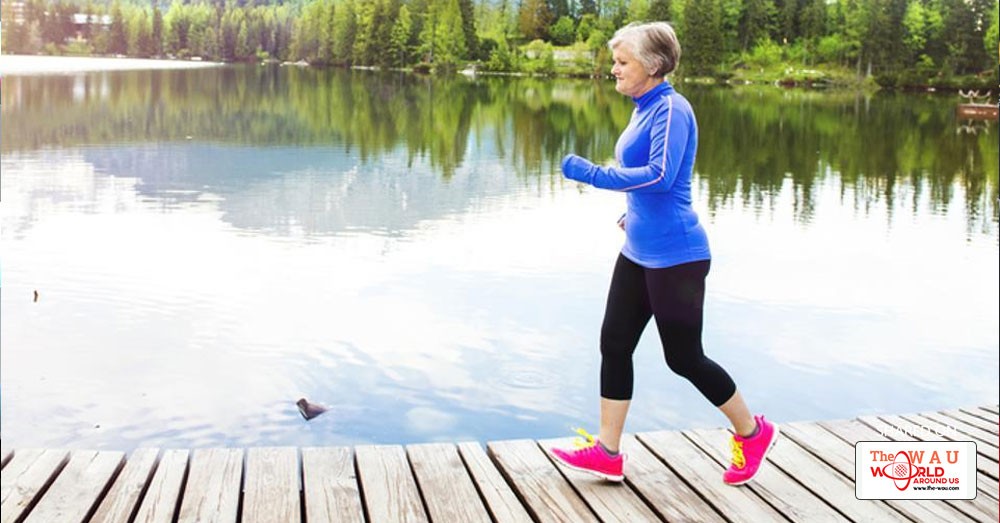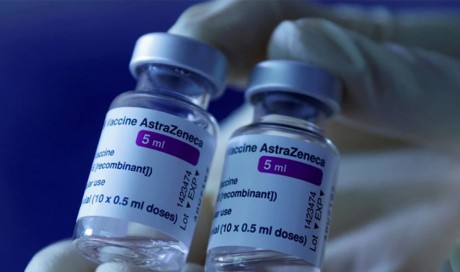Don’t let age slow you down. Being active in the later years of your life will only do you good, including adding years to your life, say researchers. A study was conducted from 2011 to 2015 and involved more than 17,700 women (average age 72) who were asked to wear a device, called triaxial accelerometer, for seven days, when awake. The device is capable of measuring activity along three planes: up and down, front to back and side to side.
“We used devices to better measure not only higher intensity physical activities, but also lower intensity activities and sedentary behaviour, which has become of great interest in the last few years,” said I-Min Lee, the study’s first author and professor of medicine and epidemiology at Harvard University. Then, data was analysed from 16,741 compliant participants (i.e., their devices showed it was worn for at least 10 hours a day, on at least four days). During an average follow-up after approximately two-and-a-half years, 207 women had died.
Results showed that more moderate to vigorous intensity physical activity (such as brisk walking) was associated with roughly a 60% to 70% lower risk of death, while more light intensity activity (such as housework and slow walking) was not independently associated with death risk at the study’s end. However, researchers stressed this finding does not mean that light activity isn’t beneficial for other health outcomes.
Lee added, “Younger people in their 20s and 30s generally can participate in vigorous intensity activities, such as running or playing basketball. But for older people, vigorous intensity activity may be impossible, and moderate intensity activity may not even be achievable. So, we were interested in studying potential health benefits associated with light intensity activities that most older people can do.”
“We hope to continue this study in the future to examine other health outcomes, and particularly to investigate the details of how much and what kinds of activity are healthful. What is irrefutable is the fact that physical activity is good for your health,” Lee said. The study was funded by National Institutes of Health and first appeared in American Heart Association’s journal Circulation.
Share This Post












